The Wood Stork (Mycteria americana) is a large, long-legged wading bird that can reach lengths up to 35-45 inches with a wingspan of 60-65 inches. They are completely white all over with the exception of their black flight feather and tail. The head has no feathers and is essentially bald, the skin is gray, rough, and scaly. They have black bills and black legs with pink toes. Adults are voiceless and are capable of only making hissing sounds.
Wood Storks feed in groups, and their head will be down feeling for prey in open wetlands. Prey consists of small to medium-sized fish, crayfish, amphibians, and reptiles. They have a unique hunting technique, where they will move their partially opened bill through the water, snapping up prey when prey comes in contact with the bill. They fly with their head and legs outstretched, soaring in a similar fashion to a raptor or vulture.
The Wood Stork is the only species of stork that breeds in the U.S. They breed in Florida, Georgia, South Carolina, and North Carolina. They have very social nesting habits and are often seen nesting in large colonies of 100-150 nests. The nests are primarily built in trees that stand in water.
In Florida, Wood Storks can lay eggs from October to June. Two to five eggs are laid in a single clutch per season. The incubation period can last up to 30 days, and young storks can fly at 10-12 weeks. Non-breeding wood storks have a large range throughout North America, to northern Argentina in South America.
The South Florida population has declined due to agriculture expansion and altered hydro cycles. Normal flooding is important to increase the prey population for wood storks, and successful breeding depends on normal hydro cycles. The drainage of cypress stands prevents wood storks from nesting, and it promotes predation from raccoons. The wood stork is protected by the U.S. Migratory Bird Treaty Act and is listed as a threatened species by the Federal Endangered Species Act. Florida’s Endangered and Threatened Species Rule listed the wood stork as a Federally designated Threatened species.

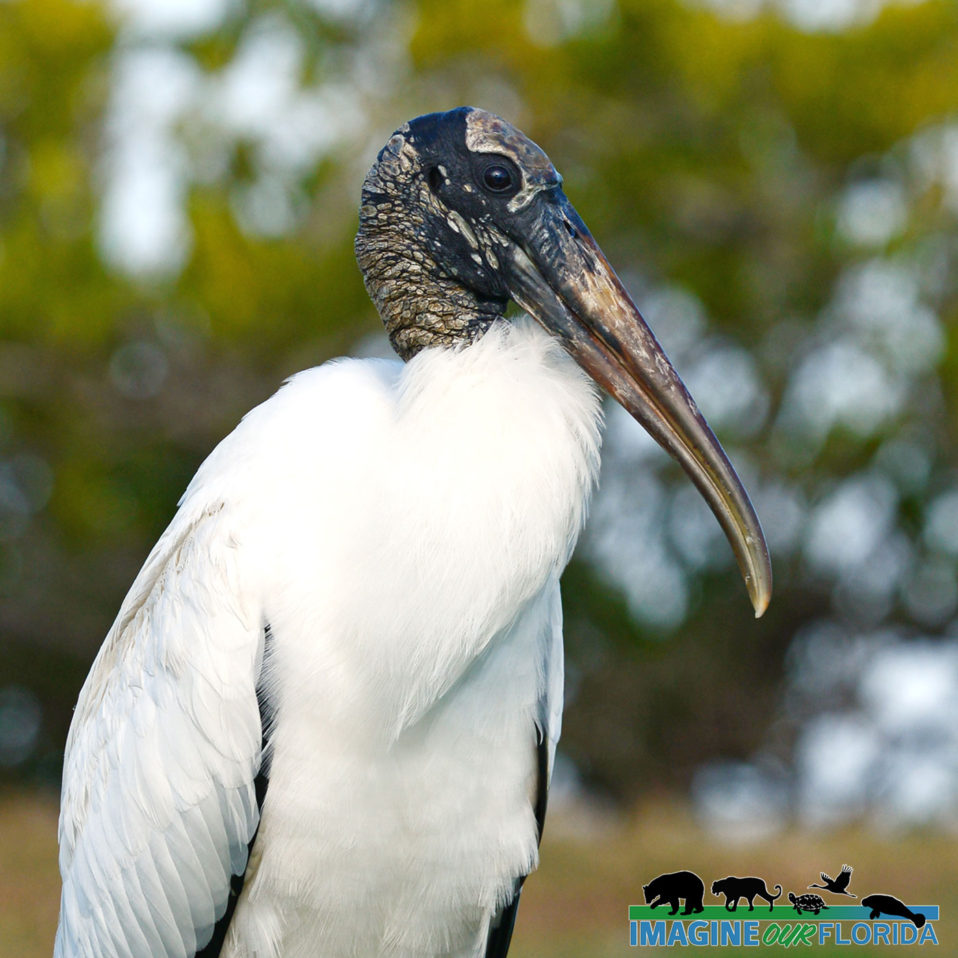
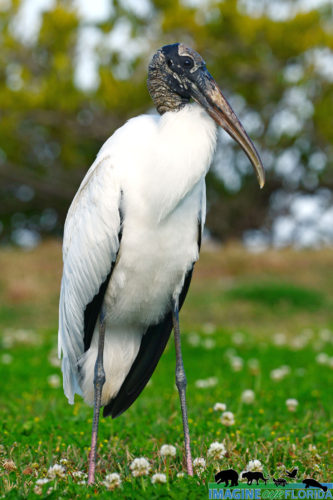
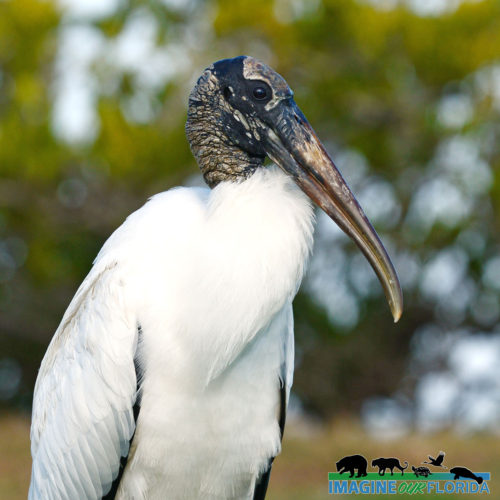
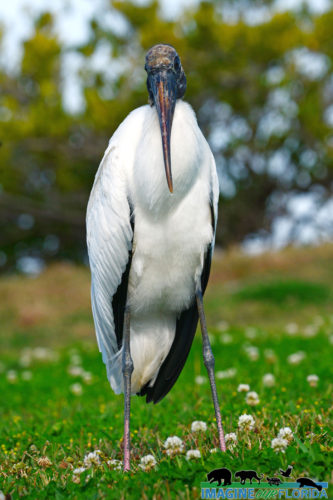
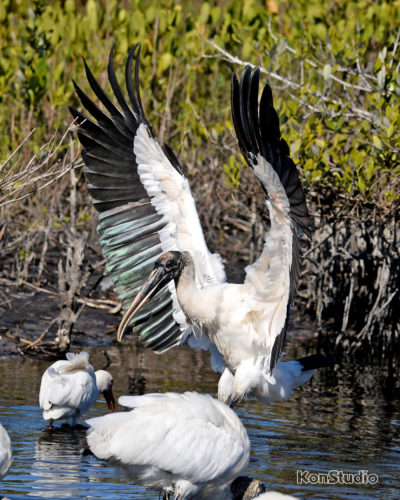
Recent Comments